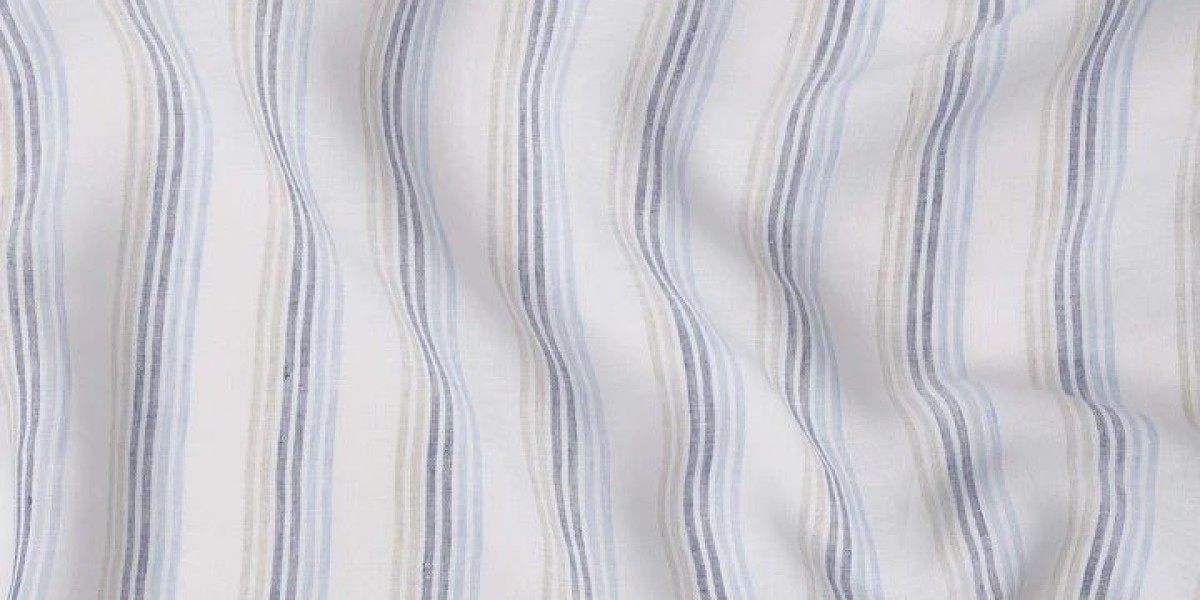Quilting is more than just a craft; it is an art form, a therapeutic hobby, and a way to express creativity through fabrics, patterns, and colors. At the heart of every quilt lies the fabric, and choosing the right material is essential for both the quality and durability of the finished piece. Among the vast array of textiles available, quilting cottons and natural cotton for quilting stand out as top choices for both beginners and seasoned quilters. In this article, we will explore the characteristics, benefits, and considerations when working with these fabrics.
What Are Quilting Cottons?
Quilting cottons refer to a type of fabric specifically designed and manufactured for quilting purposes. These fabrics are usually made from 100% cotton, making them soft, durable, and easy to work with. They are woven tightly, which gives them a crisp texture that holds up well to cutting, sewing, and pressing. One of the key features of quilting cottons is their vast array of prints and colors, allowing quilters to bring unique designs and personal flair to their projects.
The standard weight for quilting cottons ranges between 120 and 140 grams per square meter. This weight is ideal for creating quilts that are sturdy yet flexible, ensuring that the quilt drapes beautifully without being too heavy. Additionally, quilting cottons typically have a smooth finish that makes piecing, patchwork, and applique work more precise.
Why Quilters Prefer Natural Cotton
While quilting cottons are popular for their versatility and wide selection, many quilters specifically seek out natural cotton for quilting. Natural cotton refers to cotton that is grown and processed with minimal chemical intervention, making it an environmentally friendly and skin-safe choice. Natural cotton fabrics are breathable, soft, and gentle, which adds comfort to quilts that are intended for daily use, such as bedspreads, baby quilts, or lap quilts.
Using natural cotton also has aesthetic advantages. It often has a more subtle sheen and a softer hand feel compared to synthetic blends, giving quilts a timeless and classic look. Moreover, natural cotton fabrics tend to age beautifully; the colors fade gradually and develop a patina over time, enhancing the quilt’s character.
Benefits of Quilting Cottons and Natural Cotton
- Durability and Longevity: Quilting cottons, especially those made from natural fibers, are robust and can withstand frequent washing and use. A well-made quilt from these fabrics can last for generations.
- Ease of Sewing: Both quilting cottons and natural cotton are easy to sew by hand or machine. The tight weave prevents fraying and stretching, which helps in maintaining accurate seam allowances.
- Variety of Designs: Quilting cottons are available in countless patterns, from florals and geometrics to novelty prints. This variety allows quilters to experiment with different designs without compromising quality.
- Breathability and Comfort: Natural cotton fabrics are breathable and hypoallergenic, making quilts suitable for all ages, including infants and individuals with sensitive skin.
- Eco-Friendly Option: Choosing natural cotton for quilting reduces reliance on synthetic fabrics, contributing to a more sustainable approach to fabric selection.
Choosing the Right Quilting Cotton
When selecting quilting cottons, consider the following factors:
- Thread Count and Weave: A higher thread count ensures a smoother finish and more durable fabric. Look for tightly woven cotton that resists fraying.
- Colorfastness: Since quilts often require washing, ensure the fabric is colorfast to prevent bleeding or fading over time.
- Pattern Scale: Consider the scale of the prints in relation to the quilt design. Larger patterns may be better suited for bigger quilt blocks, while small prints can add subtle texture.
- Texture and Feel: Test the hand feel of the cotton. Soft, natural cottons often produce a more luxurious finished quilt.
Pre-Washing: Essential Step for Quilters
One critical step that quilters should never skip is pre-washing fabric. Both quilting cottons and natural cotton for quilting can shrink slightly after the first wash. Pre-washing ensures that your quilt blocks maintain their shape and prevents uneven shrinkage in the finished quilt. Additionally, washing removes any residual chemicals from the manufacturing process, making the quilt safer, especially for baby projects.
Popular Uses of Quilting Cotton and Natural Cotton
Quilting cottons and natural cotton for quilting are incredibly versatile. They are used not only for traditional patchwork quilts but also for modern quilt designs, table runners, wall hangings, pillow covers, and even apparel such as skirts and dresses. Their flexibility allows for endless creativity.
Some quilters enjoy combining multiple fabrics to create contrast and depth. For example, pairing printed quilting cottons with solid natural cotton can create visual balance and highlight intricate designs.
Caring for Quilts Made from Cotton
Quilts made from natural cotton or quilting cottons require proper care to maintain their beauty. Follow these tips:
- Wash in cold water on a gentle cycle.
- Use mild, color-safe detergent.
- Avoid bleach, which can weaken fibers.
- Air-dry or tumble dry on low heat to prevent excessive shrinkage.
- Store quilts in a dry, cool place, away from direct sunlight, to preserve color and texture.
The Joy of Working with Cotton
One of the most rewarding aspects of quilting with cotton is the tactile experience. The softness, weight, and pliability of natural cotton allow quilters to feel connected to their creations. Each stitch is made easier and more precise, resulting in quilts that are both beautiful and functional.
Whether you are a beginner or an experienced quilter, choosing quilting cottons and natural cotton for quilting ensures a successful project every time. From vibrant prints to subtle solids, cotton fabrics provide the foundation for creativity, durability, and timeless charm.
Conclusion
In the world of quilting, fabric selection is a crucial decision that can influence the overall quality, longevity, and appearance of your finished quilt. Quilting cottons offer variety, durability, and ease of use, making them ideal for diverse quilting projects. On the other hand, natural cotton for quilting adds softness, comfort, and an eco-friendly element that appeals to conscientious quilters.
By understanding the properties and benefits of these fabrics, quilters can create pieces that are not only visually stunning but also practical and long-lasting. Whether crafting a cozy lap quilt for a loved one or a statement quilt for home décor, the right cotton fabric is the key to quilting success.
Embrace the world of cotton, explore its endless possibilities, and let your quilts tell stories through color, texture, and craftsmanship. With quilting cottons and natural cotton for quilting, every stitch becomes a testament to creativity and tradition.







